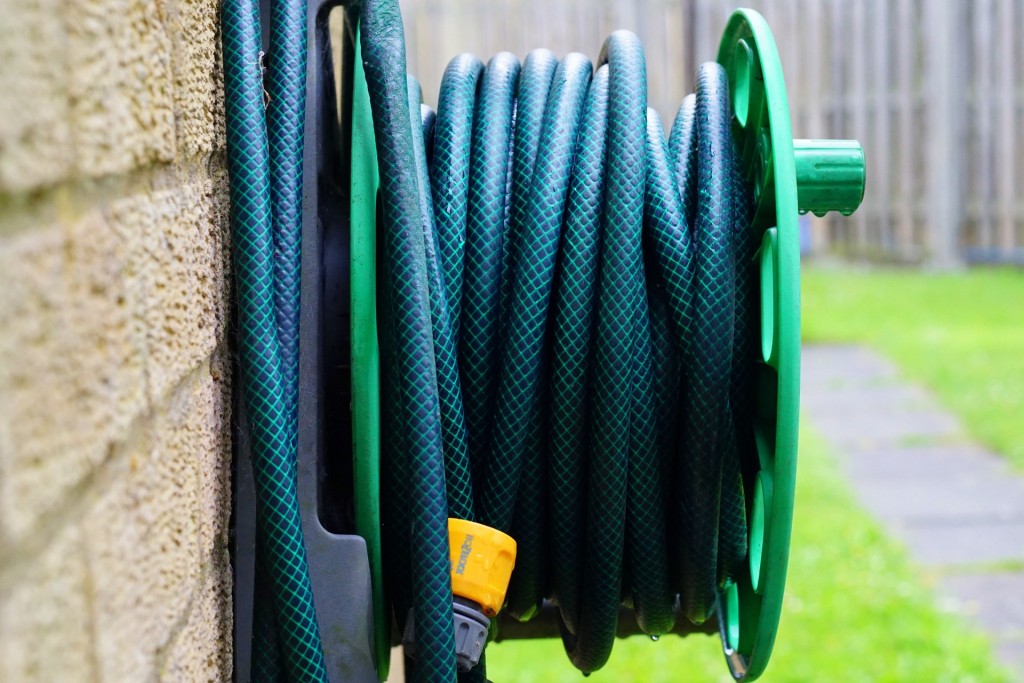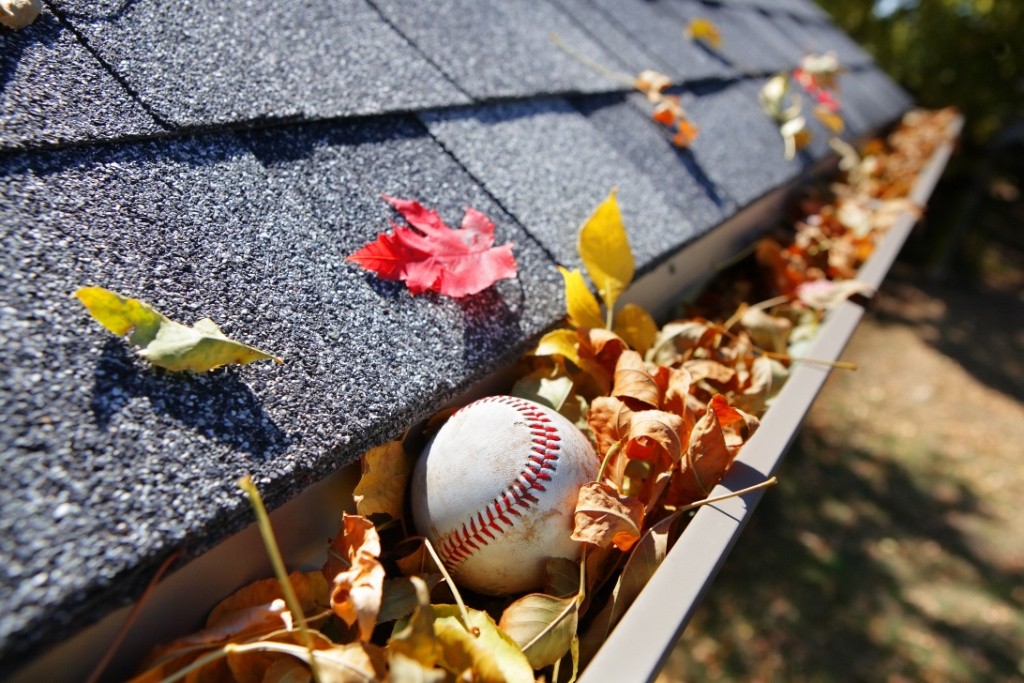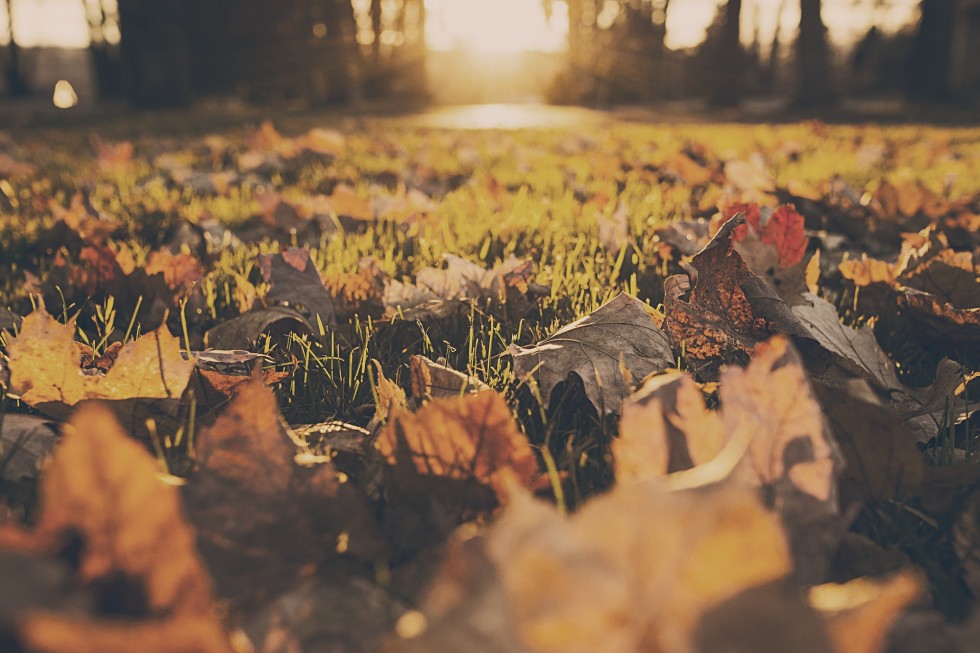Preparing your garden for winter is one of those must-dos before winter knocks on your doors. Lawn and garden just as any other part of your house require some care. Even if your lawn is still green, the time to get your lawn and garden ready for winter has come. Below you can find 13 simple steps that will guarantee you that your garden and lawn will look stunning next season and ensure that the yard, in general, survives the harsh cold temperatures. Work now a little bit to see the results of your labor in spring!
Step 1: Mow your lawn
The end of September is the time when leaves start falling off the trees. And while most homeowners would be working hard to clean their lawn from this “debris,” you should be smarter. When preparing your garden for winter you need to use every possibility to fertilize the grass and the plants. So instead of cleaning the leaves, you need to mow them over to provide the yard with extra nutrients.
Step 2: Compost the leaves
Yes, mowing leaves is a great option to fertilize the lawn, but overdoing this is also not an option. If you can step into the lawn and lose your feet in leaves, then it’s the right time to take the leaves up and dispose of them. If you have a possibility to put them into a compost pile – do so. Your lawn will thank you in spring.
Step 3: Clear up your garden from all the rest
While leaves can do some good to the yard, sticks cannot. Remove any sticks from the yard. Flowerbeds should also be cleaned from any one-year plants so that the soil gets ready for the spring planting season. In case you have any bushes, you should also clean all debris from below.
Step 4: Use winter fertilizer for the soil
Once all the cleaning is done, it is the time to apply additional fertilizer to the grass. Keep in mind that during the winter your lawn and plants require absolutely different nutrients, so using summer fertilizer is not an option. When preparing the garden for winter, make sure that you purchase special winter fertilizer.
For cold winters – Step 5: Remove all the watering devices from the lawn
If in your region winter is the time of truly harsh weather and low temperatures, then you should also put away all hoses and other watering systems from the lawn. Should you leave all supplies outside, you risk having cracked hoses in spring and as a result the necessity to replace them with new ones. This may turn out to be a pretty expensive endeavor.

Step 6: Take care of water supplies
Once the hoses and watering equipment is removed, you can turn off the outdoor water spigots and maybe even seal them to avoid winter leaks and as a result additional payments. You may even call your plumber so that he professionally seals your outdoor water. Outdoor spigots should also remain protected in the process of preparing the garden for winter. To do so, you can simply use insulated foam covers for them.
For warm winters – Step 5: water and mow your lawn
As mentioned above, steps 5 to 7 were for true winter regions. If you got luckier and winter in your region is mild, then you can continue taking care of your lawn for a little longer. Usually, professional gardeners advise watering and mowing your lawn up till the end of October. But, of course, the end of the watering season for you should depend on the rain season in your region.
Step 6: Remove all the plants for the winter
In case you still had some flowers and plants blossoming up till now, it is time to bid farewell to them. Remove all one season plants from the flowerbeds and ensure that no roots are left. This will give the soil time to rest from plants and get ready for the new ones in spring.
Step 7: Clean the gutters
As a general part of preparation for any kind of winter, you need to clean out gutters. Clogged gutters result in dirty water getting into the lawn as well as soaked in that water leaves falling back into the garden. Avoid such complications and unpleasant double-cleaning by simply cleaning the gutters beforehand.

Step 8: Cover up all the protrudings
Cover up all sticking out elements. If you have very temperature sensitive plants, use special garden plastic wraps to cover them for the winter season. You can also put some hay on the ground around the trees and bushes to maintain the soil and more constant temperature for them. Though air conditioning is not a part of your garden landscape, in most cases homeowners have them sticking into the yard. So as a part of preparing the garden for winter, you need to cover the outside air conditioning unit with plastic too. It will save it from extreme temperatures and preserve its functionality.
Step 9: Clean and store all your garden tools
And the last step for you is to clean all remaining garden tools. Just remove dirt, grime or rust from them and store everything in a dry place until the next season.





